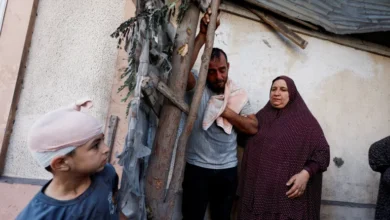Analysis: Can the Hezbollah-Israel ceasefire hold?

A ceasefire agreement between Israel and Hezbollah continued to hold on Friday despite claims from both sides that the other has violated it.
The 60-day United States and French-brokered ceasefire agreement took effect at 4am on Wednesday after nearly 14 months of cross-border attacks and just over two months after an Israeli escalation that wrought widespread devastation on south Lebanon, the eastern Bekaa Valley and Beirut’s southern suburb, known as Dahiyeh.
Violation(s)
Clause 2 of the ceasefire agreement says Israel will not carry out offensive operations inside Lebanese territory and the Lebanese government will prevent Hezbollah or other armed groups from attacking Israel.
However, several incidents of Israel attacking within Lebanon have surfaced.
“Technically it looks like the Israelis have already breached clause 2 by opening fire inside Lebanon,” Nicholas Blanford, senior fellow with the Atlantic Council, told Al Jazeera.
Israel has also been trying to restrict people’s movement in southern Lebanon, releasing a map with a zone marked in red, demanding that people from there not go home, “which is not part of the ceasefire agreement”, Blanford said.
Al Jazeera previously reported that Israel could be attempting to create a buffer zone in south Lebanon through the use of white phosphorus and other tactics.
On Thursday, Israeli forces opened fire on people in a car, calling them “suspects”, in southern Lebanon.
Israel claims these “suspects” violated the ceasefire – Hezbollah said Israel had attacked people who were trying to go home.
Israel said Thursday it was imposing a curfew on the south and also attacked what it claimed was a “Hezbollah facility” containing medium-range rockets in the Sidon region, north of the Litani.










